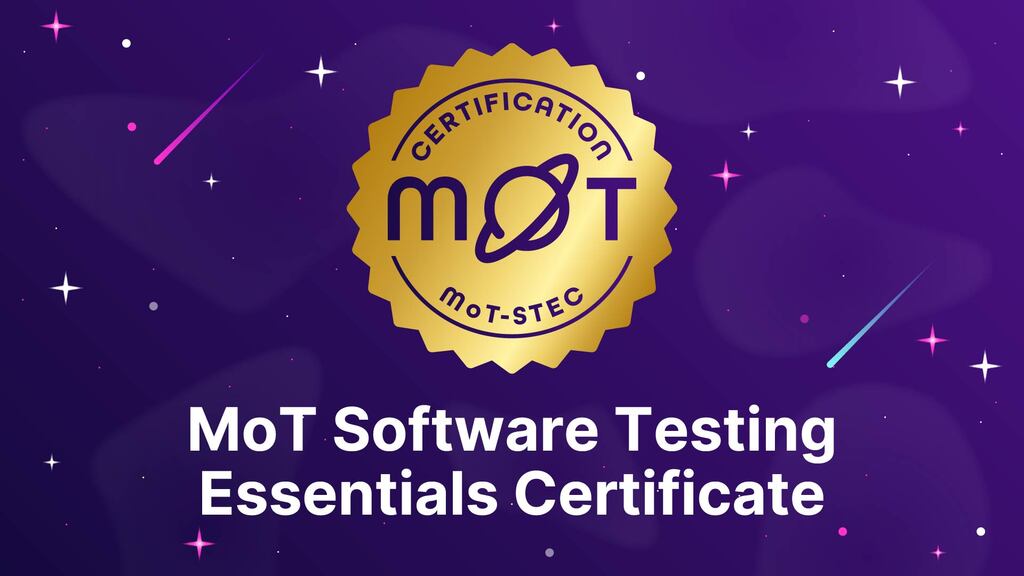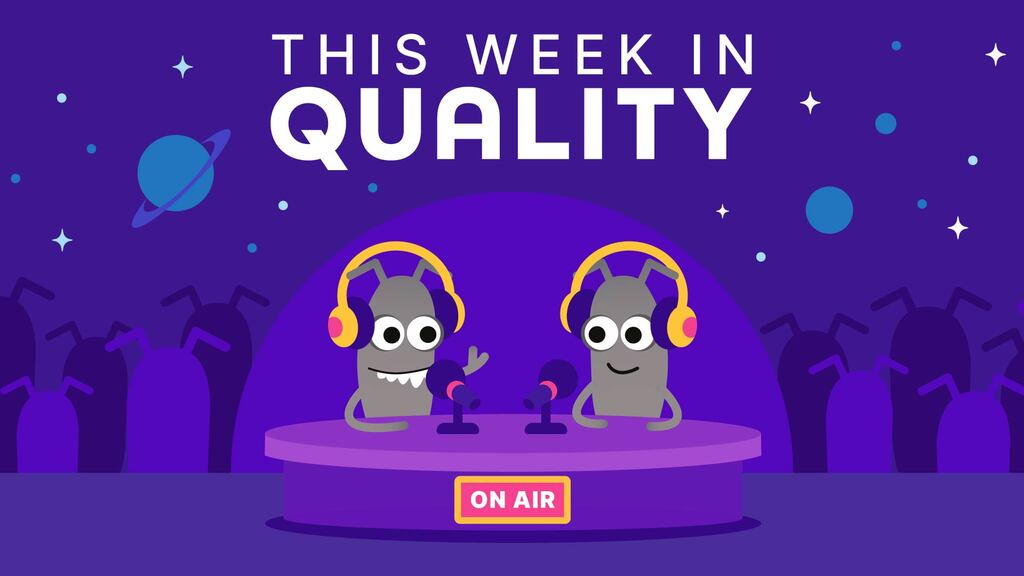The phrase 'manual testing' is often used to describe testing activities performed by humans without the aid of automated scripts or tools. On the surface, it seems harmless enough, a simple way to distinguish between human-driven testing and tool based testing.
Adding ‘manual’ to describe testers' work became common after the rise of a credible alternative, which was automation. As people were talking about automation testing, the term manual testing crept in. It should not have had a long shelf life. However, trends along the lines of ‘testing is dead because…’, which started with automation and continues through today with AI replacing testers, have kept this limiting and inaccurate label alive.
Testing is not simply about how tests are executed (manually or automated). It’s a multifaceted process that requires exploration, critical thinking, and creativity. These activities cannot be reduced to a binary measure of 'manual' versus 'automation.' Worse still, the term 'manual tester' can inadvertently imply 'less valuable' or 'tech-lite,' leading to the perception that these testers are simply executing predefined steps of a script without the need for deeper analytical or investigative skills. This misconception not only does a disservice to the profession, but to the brilliant testers who happen not to create or like doing automation and, more importantly, to the quality of software itself.




